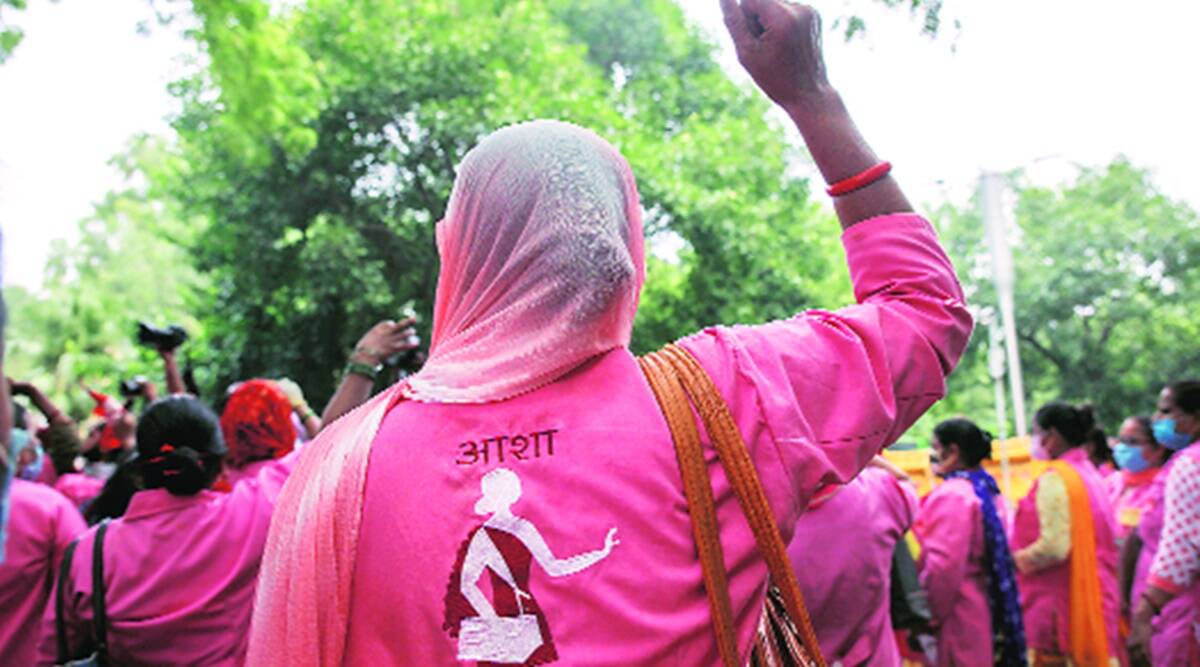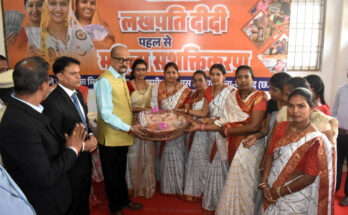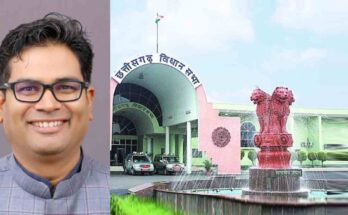Chandigarh September 5, 2020. The HARYANA STATE WOMEN Commission plans to put together untold stories of women from grassroots who have performed well in different fields but their contribution is not known to the world. Their stories will be documented as part of a research initiative of the commission, which will bring out a coffee table book on 100 phenomenal women, both known and unknown.
The commission’s acting chairperson Preet Bhardwaj says they will collaborate with one or two universities so that a proper research can be undertaken at the ground level. “Purpose of the initiative is simple that there must be a significant contribution of many women in the development of society but that has not been recognised properly in the absence of written work. In this situation, the future generations won’t be able to recognise their contribution,” Bhardwaj told The Indian Express.
Performance of many women from the state has already been recognised widely. The women panel chief cites examples of three sisters – Keshni Anand Arora, Meenakshi Anand Chaudhary and Urvashi Gulati – from the state who reached the post of Chief Secretary to contribute in the field of administration. Keshni is the current Chief Secretary of Haryana. Bhardwaj also recalls politician Sushma Swaraj who had become the youngest-ever minister in Haryana’s Janata Party government in 1977 after being elected to the Assembly at the age of 25 and later became Union External Affairs Minister. Other women achievers include wrestler Phogat sisters, hockey player Rani Rampal, educationist Sajida Zaidi, poetess and singer Zohrabai Ambalewali, astronaut Kalpana Chawla, actress Manushi Chillar, first woman member of Haryana Vidhan Sabha Chandrawati and business woman Kiran Chopra.
But now the commission-appointed team will also look for unknown women achievers. For example, there is an Anganwari worker, Jagmati Malik, from Rakhi Khas village of Hisar district who has fought for over 50,000 fellow workers and helpers of anganwaris during the past two decades. “The angwanwari workers had to struggle to get their salary on time. But I am satisfied that the government has accepted many of our demands after a long struggle,” said Malik, who lost her husband in 2001 following illness.
There are others like Santosh Dahiya, a professor of Kurukshetra University, who is campaigning against purdah and female feoticide in Haryana. Dahiya recalls how she had adopted a village, Mujadpur, of Hisar district in 2015 when she came to know that the village child sex ratio is just 273. “After my campaign, there is a lot of change in the mindset of people and the sex ratio has improved in the village,” she said.
Bhardwaj has already met Bhiwani’s Chaudhary Bansi Lal University Vice-Chancellor R K Mittal to explore possibilities of a collaboration for the research work. “Our research will not be limited to just a few decades but we would like to look for those women too who have performed well during the freedom struggle of the country. We will look for best women village sarpanches who have ensured development in their localities,” Bhardwaj said.




